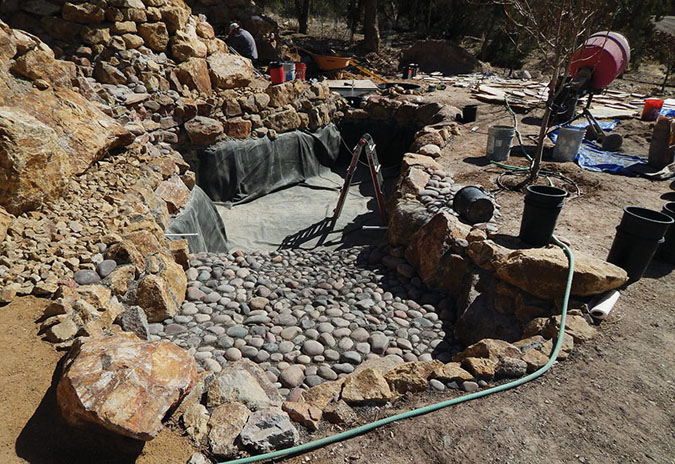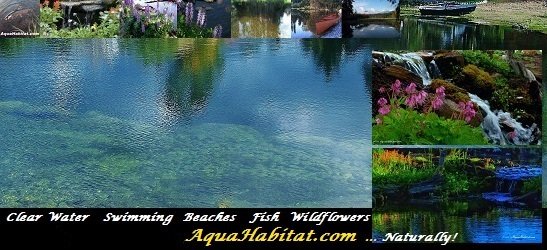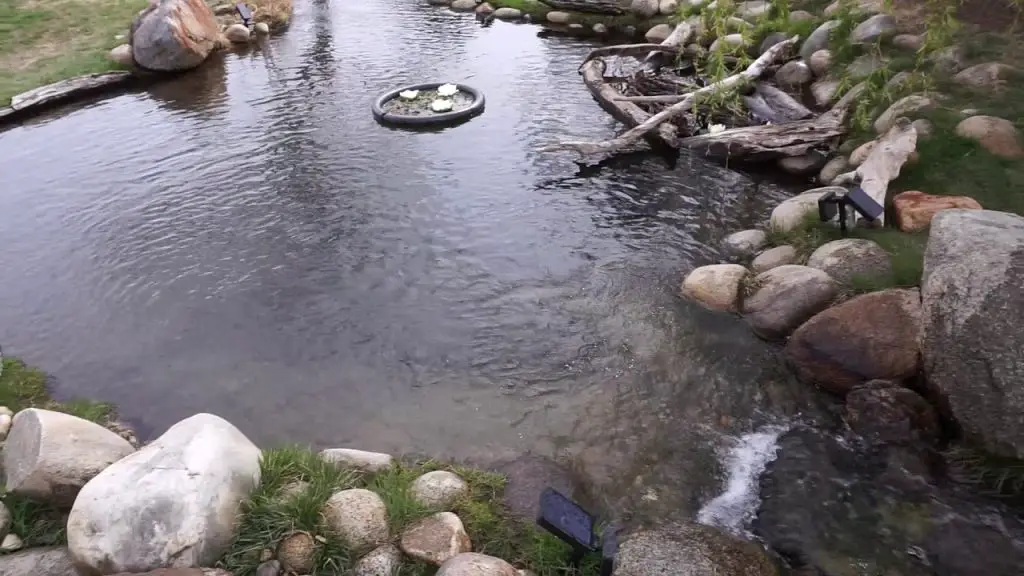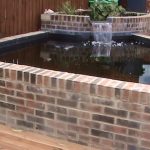Trout fishing is a popular outdoor activity that many people enjoy. For those who want to have a steady supply of trout for fishing, or simply want to create a beautiful water feature on their property, building a small trout pond can be a rewarding endeavor. In this article, we will discuss the steps involved in building a small trout pond, from planning and preparation to stocking the pond with fish.
1. Site Selection and Planning
Before starting the construction of a trout pond, it’s essential to carefully select the site and plan the layout of the pond. The ideal location for a trout pond is an area with good water quality, natural shade, and a reliable water source. The pond should also be situated in a location where it can be easily accessed for maintenance and fishing.
Consider the size of the pond based on the available space and the desired capacity for trout. A small pond of around 1/4 to 1/2 acre can be suitable for stocking and maintaining a healthy population of trout. Make sure to check local regulations and obtain any necessary permits before proceeding with the construction.
2. Excavation and Construction
Once the site has been selected and the layout planned, the next step is to excavate the pond. This involves removing topsoil and shaping the pond basin to the desired depth and contours. It’s important to create varying depths within the pond to provide suitable habitat for the trout, including shallow areas for spawning and deeper areas for fish to thrive.
After the excavation is complete, the pond should be lined with a durable and impermeable material such as a synthetic liner or bentonite clay to prevent water seepage. The construction of a suitable inlet and outlet structure should also be considered to regulate the water level and maintain good water quality in the pond.
3. Water Source and Aeration
Ensuring a reliable water source for the trout pond is crucial for the health and well-being of the fish. The pond can be filled with fresh water from a well, spring, or a stream, or by using a water delivery service if no natural water source is available. It’s important to monitor the water quality regularly and address any issues that may arise.
Aeration is also an important aspect of maintaining a healthy aquatic environment for trout. Proper aeration helps to oxygenate the water, regulate temperature, and reduce the buildup of algae and other unwanted organisms. This can be achieved through the use of aerators, fountains, or waterfalls, which not only improve water quality but also add aesthetic value to the pond.

Credit: www.pondtrademag.com
4. Landscaping and Vegetation
Once the pond is constructed and filled with water, the surrounding area can be landscaped to enhance the overall appearance of the pond. Planting native vegetation around the pond can provide natural habitat for insects and other food sources for the trout. It also helps to stabilize the soil and prevent erosion around the pond edges.
Consider adding aquatic plants within the pond itself, such as water lilies and submerged plants, to provide cover and spawning areas for the trout. These plants not only contribute to the ecological balance of the pond but also add beauty and interest to the aquatic environment.
5. Stocking the Pond
After the pond is fully prepared, it’s time to stock it with trout. When selecting trout for stocking, consider the size of the pond, water temperature, and the availability of food sources. It’s important to stock the pond with healthy, disease-free trout from a reputable hatchery to ensure a successful population in the pond.
Monitor the water quality and the behavior of the trout after stocking to ensure they are adapting well to their new environment. Providing supplemental feeding may be necessary, especially during the initial stages, to help the trout establish themselves and grow to a desirable size for fishing.

Credit: www.aquahabitat.com
6. Maintenance and Care
Once the trout pond is established, regular maintenance is essential to keep the pond and its inhabitants healthy. This includes monitoring water quality, controlling algae growth, and managing vegetation within and around the pond. Regular inspections of the inlet and outlet structures are also important to ensure proper water flow and prevent any blockages or leaks.
Periodic water testing should be conducted to monitor parameters such as pH, dissolved oxygen, and ammonia levels to ensure a suitable environment for the trout. It’s also important to be mindful of any potential predators, such as birds or mammals, and take appropriate measures to protect the trout from predation.
Conclusion
Building a small trout pond can be a fulfilling project that provides both recreational and aesthetic benefits. By carefully planning the site, constructing the pond with suitable features, and maintaining good water quality, it’s possible to create a thriving habitat for trout and enjoy the pleasures of fishing in your own backyard. Whether for personal enjoyment or conservation purposes, a well-built trout pond can be a valuable addition to any property.
With the right preparation and attention to detail, anyone can create a small trout pond that not only enhances the natural beauty of the surroundings but also provides a sustainable and enjoyable environment for these prized freshwater fish.





